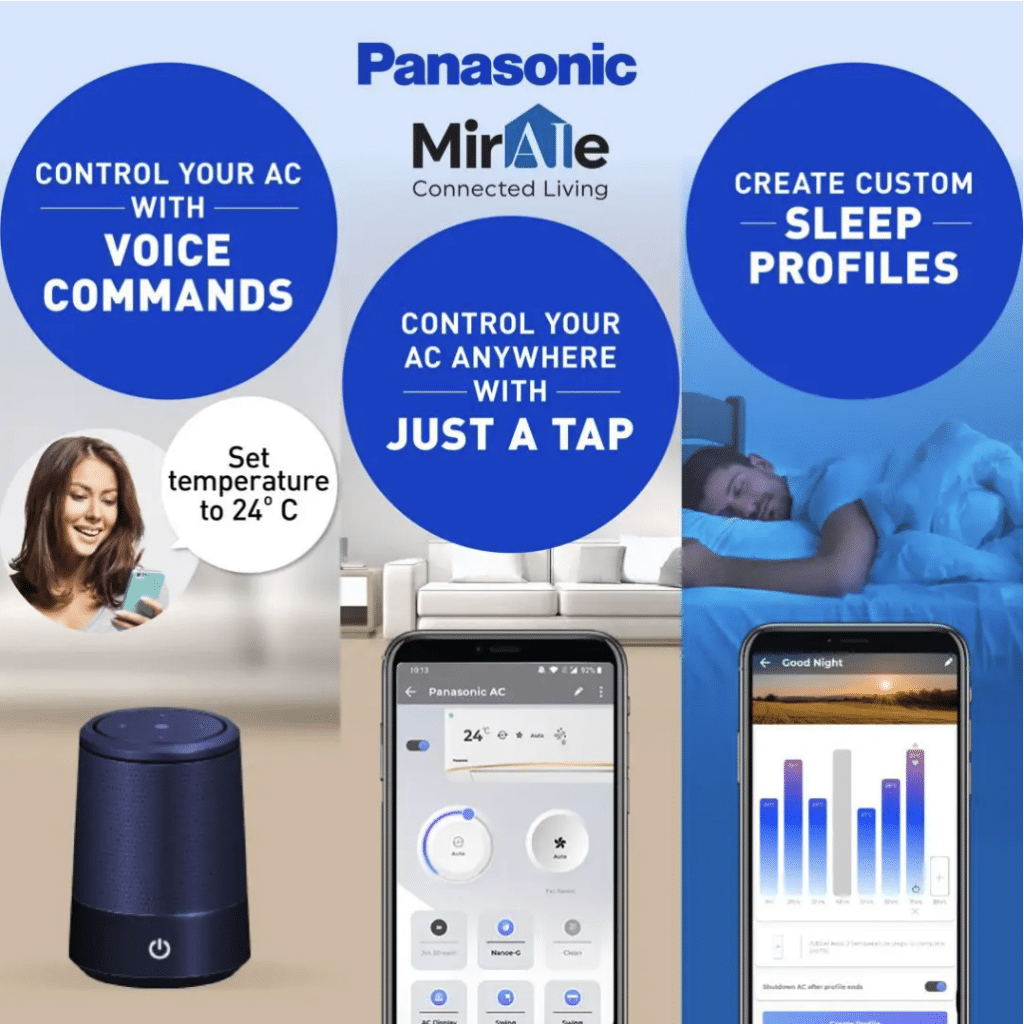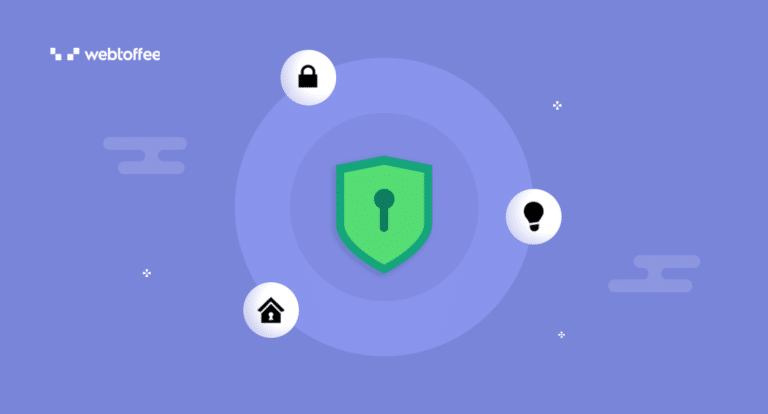The Internet of Things (IoT) has become an integral part of our daily lives. It has simplified our lives and enhanced convenience through connected devices. But, as our gadgets get smarter, so do our concerns about privacy invasion.
If you’re someone who’s serious about keeping your privacy intact in the world of IoT, you’re in the right place. This article is here to help you navigate through strategies to protect your privacy while still fully embracing all the benefits of IoT tech.
Let’s dive in and make sure you can stay tech-savvy while putting your privacy first.
The Internet of Things (IoT) is a network that connects various physical devices that are embedded with sensors, software, and network connectivity. These devices collect various data using the sensors, process these data, and share the information across the devices within the network.
IoT devices are also known as smart devices, which range from wearables like smartwatches to modern cars and motorcycles. The IoT technology enables these smart devices to communicate with each other and create a network of interconnected devices that exchange data and carry out different tasks automatically.
As we have already mentioned in the introduction, IoT devices have simplified our daily lives and improved our efficiency and productivity.

Here are some of the key benefits of using IoT devices:
- Convenience and Control: Most IoT devices are equipped with smart control and automation systems. We can literally control the operation of IoT devices with voice commands and touch inputs even if we are not physically present near the devices. This convenience factor has significantly elevated the user experience.
- Enhanced Comfort: IoT devices enable us to optimize our environment remotely. We can turn on our air conditioner before getting home, so it’s nice and cool when we arrive.
- Peace of Mind: Smart surveillance cameras offer peace of mind by allowing us to monitor spaces, such as children’s rooms, even when we’re away. We can also set up alarms and notifications for different conditions, like if someone attempts to break into our house.
- Safety and Security: Modern vehicles are equipped with immobilization systems and anti-theft alerts. These systems notify us when someone starts the vehicle or attempts to move it. These vehicles now also have live location updates, so we can easily track and recover our vehicles if stolen.
- Health Monitoring: IoT devices extend into the health and medical fields, with smart wearables offering health monitoring features. These devices can potentially save lives by providing real-time health data and allowing individuals to track their health and progress. For instance, the Apple Watch reportedly saved a person from a potential heart attack by detecting abnormal heart rhythms.
The Internet of Things technology can provide convenience and improve efficiency in our daily lives. But there’s a bulk amount of information exchange happening every day between different devices. This information could also include our sensitive personal information. So, let’s discuss further about the privacy concerns and risks associated with IoT.
1. Personal Information
IoT devices collect personal information from their users. This information includes personally identifiable information such as name and mobile number, sensitive personal information such as biometric data, and more.
If you are using an IoT device in a “smart ecosystem,” every device in the network will potentially have this information. To use these devices, you have to log in to an account and connect your smart devices to a single network. So, any information collected from a device in the network will be shared across all the devices.
2. Lack of Transparency
Many IoT devices do not provide transparency in their data collection and processing activities. IoT devices use AI language models to make automated decisions and operations. They need data to train these language models to improve their efficiency. And by not being fully transparent on the data collection process, it raises some concerns regarding privacy.
Thanks to many global data protection laws, users now have the right to know the data processing activities.
3. Data Breaches and Unauthorized Access
IoT devices are potentially vulnerable to hacking and data breaches. As said above, these devices collect bulk amounts of personal data, including sensitive information. So, if a hacker accesses this network, they could possibly get access to your personal information collected from different devices.
This could potentially expose your personal information to unauthorized parties. Weak security measures or outdated software can make IoT devices easy targets for cyberattacks.
4. Intrusion Into Personal Space
Technology, when not controlled properly, will intrude on our personal space. This is applicable to IoT devices, too. We use smart speakers, CC TV cameras, and voice assistants for our own convenience. But sometimes, these devices will intrude into our personal space without even asking for consent.
A few years ago, The Guardian reported that Amazon Alexa recorded private conversations and sent them to random contact from their echo device. Even if Amazon says their device isn’t listening to everything, these are clear examples of privacy intrusion.
In fact, Amazon even sought patent rights for an algorithm designed to listen for specific keywords during conversations to enable targeted advertising, further raising concerns about privacy invasion.
5. Unwanted Public Profile
You’ve probably agreed to terms of service before, but have you ever read the whole thing? According to a report by FTC, companies could use data they collect from you, even if you provided it willingly, to make decisions about things like employment.
For instance, an insurance company might use data from your connected car to determine your insurance rate based on your driving habits. Similarly, fitness trackers could affect decisions about health or life insurance.
Despite the privacy concerns, IoT devices are super helpful and convenient in our daily lives. Below are some measures you can take to protect your privacy when using IoT devices:
- Research Before Purchasing: Do detailed research on the internet and community forums before purchasing IoT devices. Check out their privacy features and privacy policies. Look for reputed brands that have strong privacy policies.
- Update passwords regularly: Update your login passwords on a regular basis. Create strong and unique passwords for IoT devices.
- Connect to secure network only: Connect your IoT devices to a secure network only, like your home or office Wi-Fi. Avoid connecting to public hotspots and open Wi-Fi networks, which are more vulnerable to hacking.
- Enable Two-factor authentication: Use a combination of biometric authentication and passwords for IoT device accounts. This would protect your account from unauthorized access.
- Update Firmware Regularly: Keep your IoT device firmware updated to ensure they have the latest security patches. Manufacturers release updates and fixes to address vulnerabilities and improve security.
- Audit connected devices: Regularly check the connected devices on your IoT network. Remove or disconnect devices that are no longer in use.
- Adjust privacy settings: Most IoT devices might have some privacy settings to give users more control over their personal information. Adjust these settings to ensure maximum privacy and security. Also, disable unnecessary features and limit permissions to only what is required.
- Monitor data usage on your device: Regularly monitor the data usage of your devices in the IoT network. This will help you detect any unusual trends or patterns that could result in a potential breach.
Conclusion
The Internet of Things (IoT) stands as one of the most significant advancements of the twenty-first century that would change the way we use devices and equipment. It enables us to remotely access and control devices from anywhere in the world.
Furthermore, the IoT is expected to expand rapidly, with an increasing number of devices with connectivity features. However, this growth could also raise the privacy concerns associated with it.
Nevertheless, let’s be optimistic about these technologies. We now have strong data protection regulations across the world, and people are more concerned about their privacy. So let’s hope we can find more such technologies in the future that not only add convenience but also respect our privacy.
We hope this article has helped you understand how to protect your privacy when using IoT devices. If you have any questions, drop them in the comments section; we’d be happy to help you.
If you are a privacy enthusiast, we also recommend that you read the following articles:



